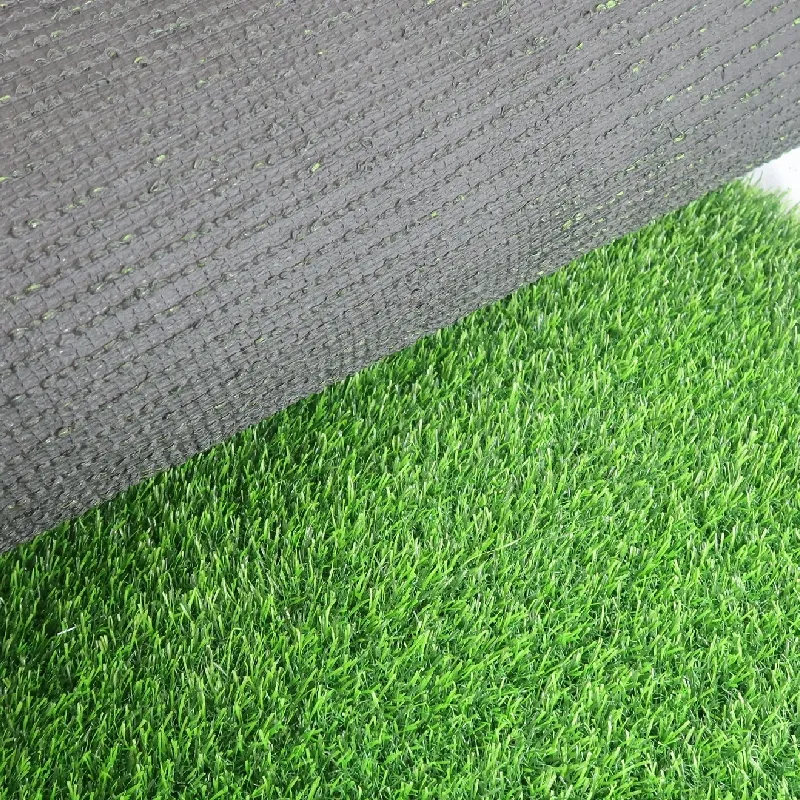
- Afrikaans
- Arabic
- Belarusian
- Bengali
- Czech
- Danish
- Dutch
- English
- Esperanto
- Estonian
- Finnish
- French
- German
- Greek
- Hindi
- Hungarian
- Icelandic
- Indonesian
- irish
- Italian
- Japanese
- kazakh
- Rwandese
- Korean
- Kyrgyz
- Lao
- Latin
- Latvian
- Malay
- Mongolian
- Myanmar
- Norwegian
- Persian
- Polish
- Portuguese
- Romanian
- Russian
- Serbian
- Spanish
- Swedish
- Tagalog
- Tajik
- Thai
- Turkish
- Turkmen
- Ukrainian
- Urdu
- Uighur
- Uzbek
- Vietnamese
Innovative Solutions for Golf Practice with Artificial Grass Options
Dec . 11, 2024 10:29 Back to list
The Rise of Artificial Grass in Golf A Game-Changer for Enthusiasts
Golf has long been a sport that embodies nature's beauty, with rolling green fairways, meticulously maintained greens, and vibrant landscapes. However, the emergence of artificial grass has begun to transform the way we experience this beloved game. While traditional grass has its charm, the adoption of artificial turf in golf is revolutionizing the sport, offering numerous advantages that are hard to ignore.
The Benefits of Artificial Grass
1. Consistency in Play One of the most significant advantages of artificial grass in golf is the consistency it provides. Players can expect uniformity in ball roll and condition, regardless of the weather. Traditional grass can be affected by rain, drought, and foot traffic, leading to unpredictable conditions. With artificial turf, golfers can practice putting and chipping with the confidence that the surface will not unexpectedly change, allowing them to refine their skills effectively.
2. Maintenance-Free Durability Maintaining a pristine golf course requires significant resources, including water, fertilizers, and manpower. Artificial grass eliminates these concerns, as it requires minimal maintenance. There’s no need for mowing, watering, or applying chemicals—making it an environmentally friendly alternative. This not only saves money in the long run but also allows course managers to allocate resources to other areas of the facility.
3. Accessibility Golf can sometimes seem exclusive with its limited availability during peak seasons, particularly in regions with harsh weather. Artificial grass surfaces can be installed in various locations, including urban environments, residential backyards, and indoor facilities. This accessibility allows golf enthusiasts to practice year-round, breaking down barriers for those who might not have easy access to a traditional course.
4. Cost Efficiency For many golf facilities, the initial investment in artificial grass may be higher compared to natural turf. However, the long-term savings are substantial. Reduced water usage, lower labor costs, and decreased need for fertilizers make artificial grass more cost-effective over time. Furthermore, with fewer players leaving divots or damaging turf, courses can maintain their aesthetics and functionality with minimal intervention.
golf artificial grass

5. Innovative Training Solutions The incorporation of artificial turf opens up exciting possibilities for training and practice. From backyard putting greens to larger practice facilities, golfers can customize their training environments. The ability to simulate various course conditions through advanced artificial systems enhances players' skills and prepares them for real-game scenarios, fostering improvement and confidence when it counts.
Challenges and Considerations
Despite its many benefits, the transition to artificial grass is not without challenges. One concern is the initial perception that artificial surfaces do not replicate the true golfing experience. Traditionalists argue that the feel of natural grass is integral to the sport, and the aesthetics of a lush, green course cannot be matched. While advancements in technology have improved the look and feel of artificial grass, it is an ongoing debate among golfers and course designers alike.
Another aspect to consider is the environmental impact of producing and disposing of synthetic materials. While the daily maintenance of natural grass has its environmental costs, the production of artificial turf has its own carbon footprint. The long-term sustainability of synthetic materials versus natural options continues to be a topic for discussion in the golf community, encouraging enthusiasts to think critically about how their choices affect the planet.
Conclusion
The integration of artificial grass into the world of golf marks a significant shift that aligns with modern lifestyles and environmental considerations. Its advantages—in terms of consistency, maintenance, accessibility, cost efficiency, and training potential—position it as a revolutionary tool for golfers and facilities alike. As the game evolves, there is potential for a harmonious blend of tradition and innovation. With a careful approach to balancing synthetic and natural elements, golf can continue to thrive for generations to come, ensuring that players enjoy an optimal experience regardless of the surface beneath their feet.
-
The Benefits of Artificial Turf for Indoors
NewsJul.15,2025
-
How Artificial Grass Suppliers Ensure Quality Products
NewsJul.15,2025
-
Artificial Grass and Pets: A Space for Relaxation
NewsJul.08,2025
-
Balcony & Outdoor Decoration with Artificial Grass
NewsJul.08,2025
-
Best Indoor Artificial Grass for Home
NewsJul.07,2025
-
Best Pet Turf for Dogs: Safe & Durable Artificial Grass Options
NewsJul.07,2025
Products categories









